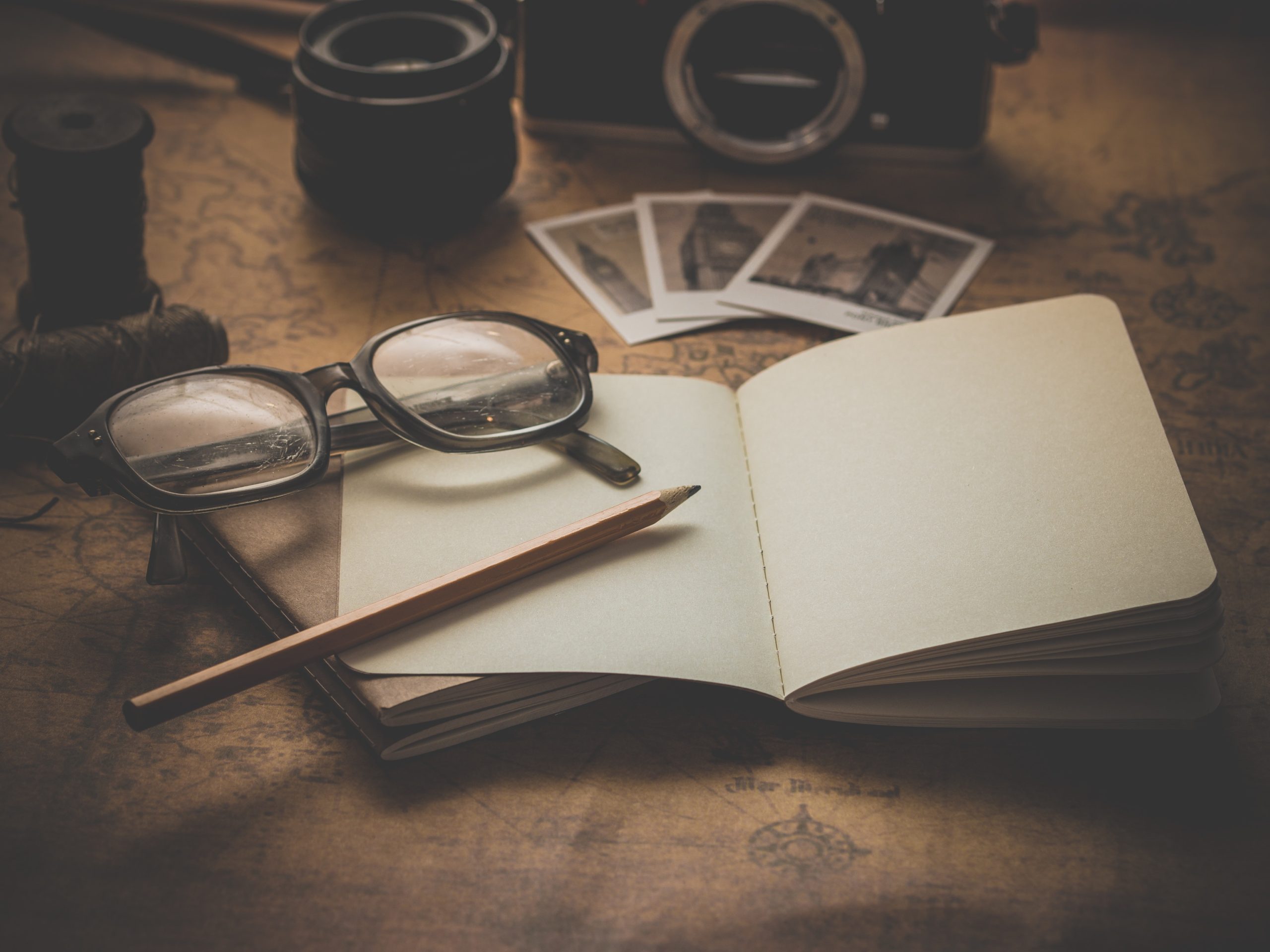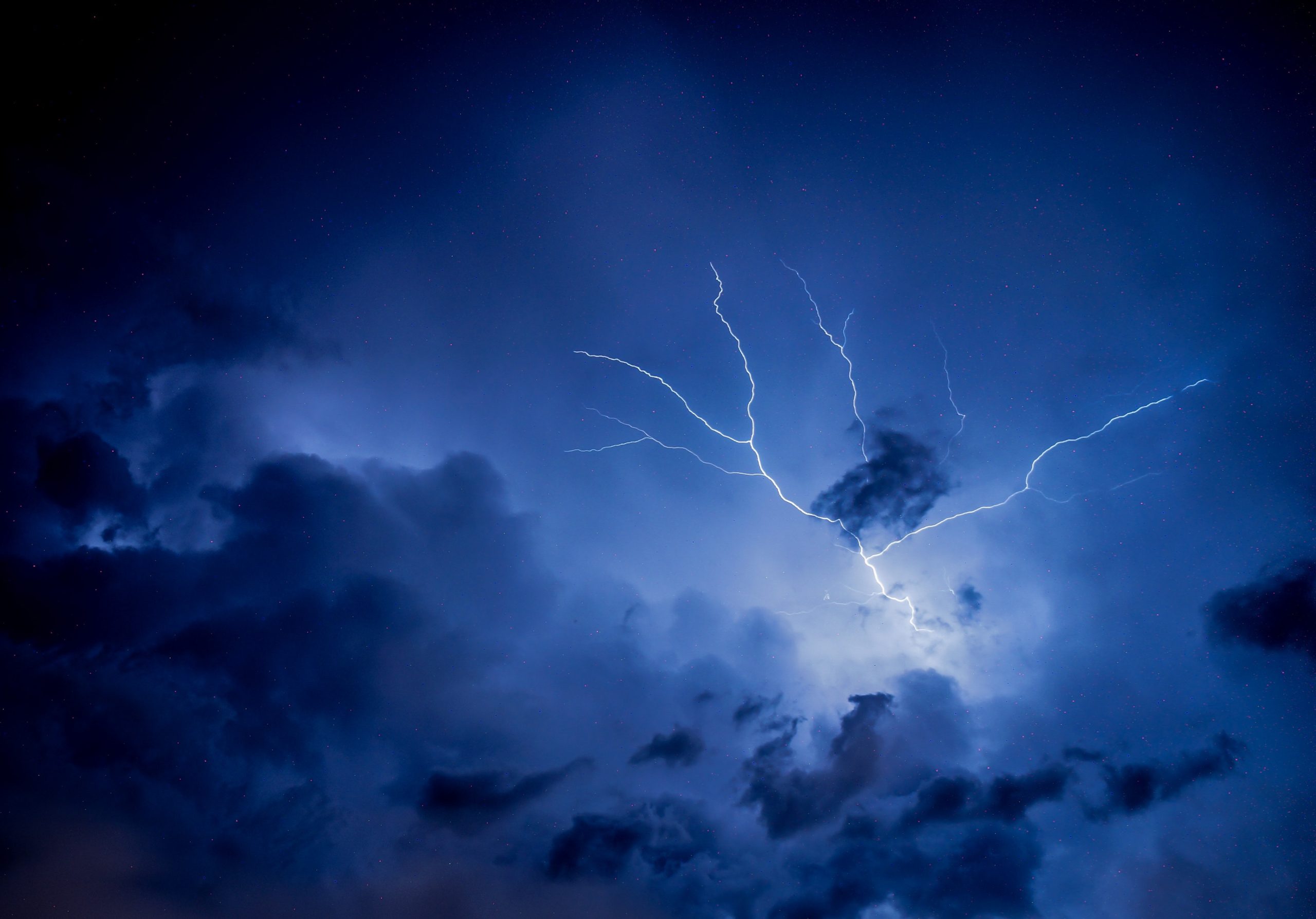Introduction to Terrains
Hey, everyone! I’m back this week with a post on world-building. Today’s post is the first to delve into the global side of mapping, and we’re looking at terrain considerations first. Terrain affects a lot of your world-building. After all, if your characters are living in a desert, their lifestyle will be far different from a character living in the jungle.
Not only that, the distance between various points and the terrain lying between those points will greatly affect things like travel time and how characters choose to travel. What you do with the terrain determines whether it’s easy to find water or difficult to find much needed resources.
With the importance of terrain established, let’s take a look at some of the things you need to put onto your map and work through. Keep in mind as you think about all this that the map you’re building doesn’t have to end up in the front of your novel. It doesn’t even have to be pretty. It just has to be functional so that you can use it for your own reference.
So, on that note, let’s get started.
Mountains
There are plenty of places you could start with mapping, but I recommend you start with your mountains. These majestic features will form the backbone of your world. Where they are placed will determine a great deal about the kind of land (lush and green or barren and sandy), the places where certain kinds of plants and trees can grow, and what types of animals will be found where.
Without being too technical, air flow is changed a great deal when it runs into mountain ranges, and that air current affects everything around it. It even affects how often it rains and how much rainfall an area might get, particularly if the land is close to the mountain range.
So place these first. You can worry about coastlines, forests, and cities later. Those are all important, but not this important.
As you’re placing those mountains, here are a few guidelines you should keep in mind.
First of all, mountain ranges occur mostly where tectonic plates have crashed into each other because land masses were closer than they should’ve been. Some of the mountains in these ranges may be volcanic, but you can have entire mountain ranges with no volcanic activity.
On the other hand, if you have single mountains with no ranges around them, they’re almost guaranteed to be volcanic. This means you shouldn’t place single mountains all over the place. The volcanic activity will have a big affect on everything around it, as you can imagine. Place these types of mountains carefully and with an awareness of what it does to the surrounding terrain and natural habitat.
Using these guidelines, you can end up with chains, ridges, long plateaus, and even circles of mountains.
Wherever there are mountain ranges, there should also be foothills and rugged terrain from where the ranges were worn down and weathered. Make sure you include these in your map for any planning in the later stages. It will change how cities and civilizations in those areas are built.
The last major thing you should consider is the extension of mountain ranges past the places where the coastlines may end up. Mountain ranges often form little islands or peninsulas, so this adds a more realistic feel to your fantasy world. You can use this and sprinkle those features here and there on the coastlines to help add to the believability of the world’s terrain.
Coastlines
The second place to fill in is your coastline. Before you can start mapping out major locations and country borders, you have to know how much space you’re working with. Drawing in the coastlines will help you to do this and will give you a framework to work within.
While working on this step, you should also decide the mileage on your map. In other words, decide how much space your world covers. This will help when you’re working on the global borders between countries, filling in the major cities, and even mapping those cities out on a more localized scale.
As a general rule of them, coastlines are fractal in nature when viewed from a distance. The continents are formed through the sorting of rock and soil by the plate tectonics. The heavier materials are on the bottom and the lighter on the top, which gives the coastlines the fractal appearance you see when looking at the contours of both the coast of a small territory and the coast of an entire continent.
However, there are things that can mess this up. Regions won’t look the same zoomed in or far away when you start including tidal flats or beaches, river deltas, mountains and glaciers (or a combination of the two), flat regions that include shifting barrier islands, or continents that haven’t had sea-level ice in a long time. To better understand how to map these features, if you want to include them in your world, you should study maps of these features on Earth. Understanding what it looks like in the real world and why it works the way it does will help you to develop a system that works for your own world.
However you end up choosing to shape your continents, make sure that the coastlines are–as a general rule of thumb–rough and ragged. They shouldn’t be smooth and pristine because that isn’t true to geographical features or to science. Fantasy may break rules, but even a fantasy world has some sort of plate movement and continental shaping that will be somewhat like ours.
Rivers
Rivers are next up. This is going to play a large part in defining the climate of your world. Plus, water sources are a must for life, and with your mountains and coastlines in place, you’re ready to start placing those rivers where civilizations often spring up.
This might be one of the simpler steps on your map since rivers follow some fairly simple, straightforward rules. And they don’t deviate from these rules unless you get a ton of magic involved. So, here are the rules you need to follow for your rivers:
- Rivers flow along the easiest path of least resistance: high elevation to low elevation. Never the other way around.
- As your rivers travel toward the coastlines, they will merge. They will never separate.
- Rivers going across flat land may change course by creating ever-wider loops. Eventually, however, the loops will pinch off and straighten the river back out.
- Rivers in mountainous regions may change course due to blockages or changes in elevation. But they will always find the path of least resistance and follow that.
- Rivers provide life to small towns and beginning cities. Wherever you have a river mouth, you’ll probably have some sort of civilization. So, if you know you want a city in a specific location, make sure there’s a fair-sized river close by.
- Lakes should only have one river flowing out of it toward the sea, never two. There’s only one lowest point, and that’s where the water will flow. The river may split off later, but it won’t with the lake.
- Deltas form when a river carrying sediment hits: a body of water (ie: lakes, oceans, reservoirs), another river that cannot carry away enough of the sediment quickly enough to stop buildup, or inland regions where water can spread out and deposit sediments. Keep in mind that the tidal currents can’t be too strong, or they’ll wash away the sediment.
Finally, the source of the river is important. Most rivers start in a mountain region somewhere since mountains catch a lot of water. However, they may also begin at lakes or in marshy regions. Some may also be fed by heavy rainfall for part of the year and be completely dry for the other part. The key is that wherever the source may be, the river won’t empty into the source as well. It will start at one point and end somewhere completely different.
Lakes
This section is fairly simple as well. Lakes usually form because rivers hit a basin of some sort or were dammed up by something. They may also form as a result of water collection in craters left by meteor impacts, but these sorts of lakes are fairly rare. The largest lakes usually occur because pieces of a continent pulled apart or glaciers carved them.
In cold, rocky regions, there are often many small lakes connected by rivers because the water is unable to carve through the ground and must simply filter from one pool to the next. This causes a tangle of rivers and streams connecting all the little lakes.
In hot and dry regions, you shouldn’t be including any significant lakes unless there’s a large river to feed them. Instead, you’re more likely to end up with salt flats or tiny lakes at the bottom of a dry basin. The lakes are likely to be very salty since they can’t drain off into the ocean. If you do have the river to feed it, the lakes are highly likely to overflow their shores and cause a larger drainage area, so keep that in mind when drawing your rivers in desert regions.
Lakes also shift their boundaries, but when they do so, it’s much more cataclysmic. If they fill or drain too much, they can destroy entire civilizations, so if they shift their boundaries, be ready to include the catastrophes it caused in your world’s history. The historical trauma is fairly common in the earlier stages of a world’s history, but as things stabilize, it becomes less common on a level that would be civilization-shattering.
Forests
The last thing we’ll cover in this post is forest placement. In a following post, I’ll discuss how you can determine where to place hot and dry regions, deserts, swamps, and hilly regions. But for now, this is a lot of information to digest, so I’ll stick to the prominent land features that you need to have a basic map.
That said, what do you need to consider for forests? First of all, forests usually spring up in areas with a temperate climate and ample rain. This means you could have massive forests covering large portions of your map so long as the climate isn’t too cold or dry. You won’t, therefore, see forests in prairie land or areas with a sub-arctic type of climate.
What kinds of trees are growing in your forest depends largely on the region. On Earth, mountains can house fir trees, pine, cedar, oak, dogwood, and a variety of other trees depending on what section of the mountain is being examined and the area the mountain is located.
Of course, on a fantasy world, there are likely species of trees that don’t exist on Earth, so the main goal with those species of trees would be to make sure they have features that will allow them to survive in the climate you’re placing them in. This means you’ll need to do some research on the types of trees and the features that make them suited for one climate or another.
Conclusion
Okay, that’s it for this post! There are a lot of considerations to think about when mapping out your world. As you work, don’t worry about being perfect. The map will be messy. And since it isn’t meant for anyone else’s reference, it doesn’t need to be pretty. If the map is pretty, it will only make it harder for you to trash it and try something different if you aren’t satisfied with it.
So, experiment and feel free to be loose, messy, and spontaneous. Try to be realistic about where you place things, but feel free to try different things, make different layouts, and change things up until you find something that you’re truly satisfied with.
Next time I post about world-building, we’ll take a look at global mapping and some other important aspects of terrain. We’ll also briefly go over the placement of cities and civilizations since you’ll likely want to show the more important locations on your map for your reference. However, I’ll leave the details of mapping the cities themselves for the section on local-scale mapping.
Feel free to share any techniques you like to use for mapping in the comments if you have them. We can all benefit from learning new ways to do things!







